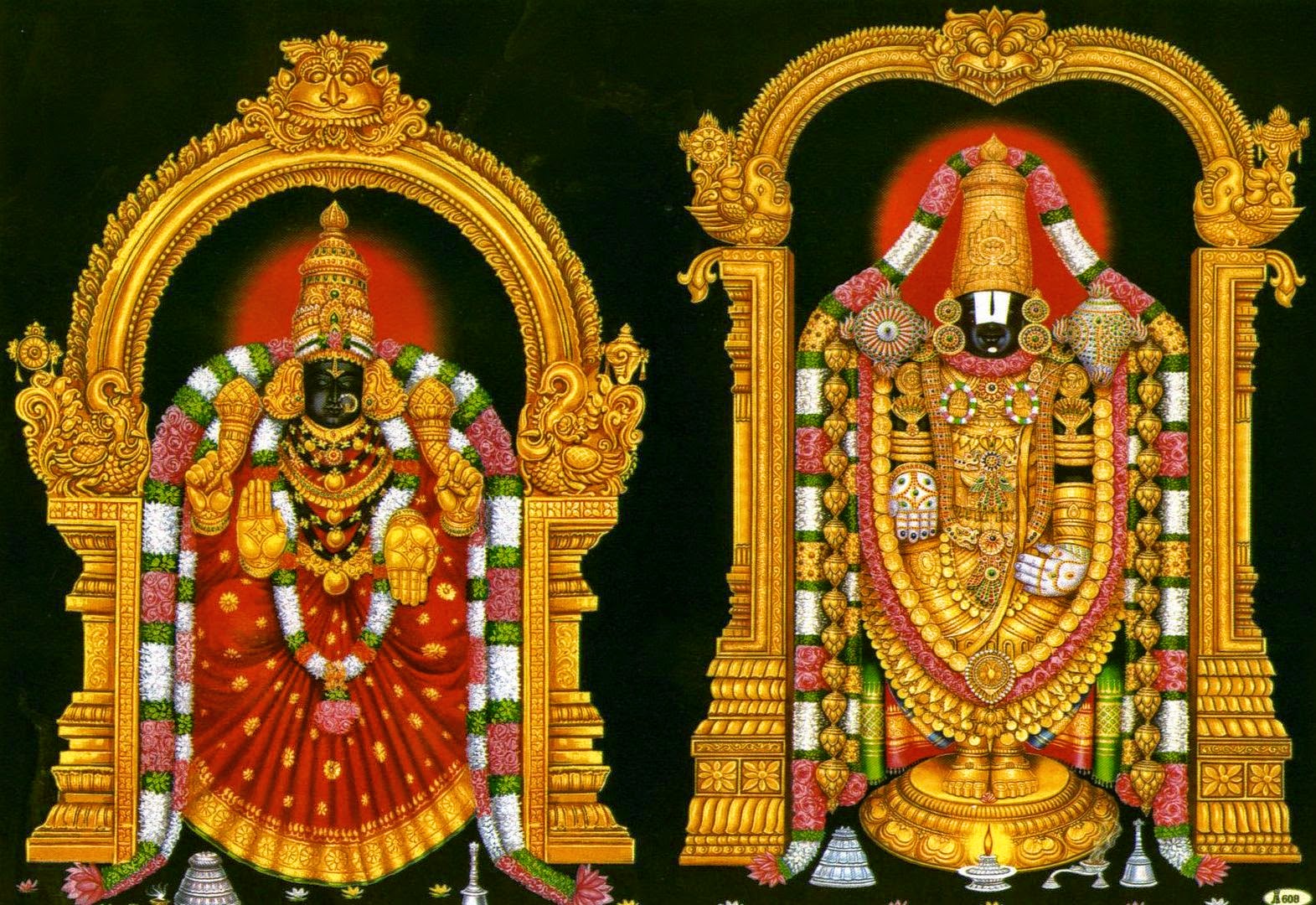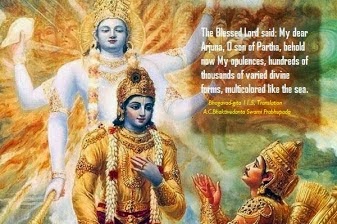The Tree of Life : 3-4. Swami Krishnananda.
========================================================================
========================================================================
Monday, November 21, 2022. 08:00.
Discourse 3: Severing the Root of this Tree of Life-4.
=========================================================================
Chapter 15 – Purushothama yogam :
The Yogam of the Supreme Divine Personality :
Lessons from the Analogy of a Banyan tree :
========================================================================
Bondage consists in a type of movement of the mind. We can create bondage within our mind even inside our room because the mind is not inside the room. It is not even inside the body. It is an ethereal, unintelligible, all-pervading medium, and that is why it cannot be controlled, even as we cannot control the wind. How can we control a tempest or a cyclone or a tornado? Likewise is the hardship involved in the control of the mind. The mind is connected to everything everywhere, and to detach the mind from objects would be to withdraw it from everything.
In the system of yoga propounded by Patanjali, an analysis of the mind is made towards the achievement of detachment. There are two kinds, at least, of the movement of the mind in respect of objects—an emotional kind and an intellectual kind. The emotional connection of consciousness with an object is what is usually called affection, love, or the so-called attachment, clinging. This sort of relationship of the mind with the object is called a klishta vritti, a painful operation of the mind, because when we are emotionally related to an object there is anxiety in the mind at all times. Prior to the connection of the emotion with the object, there is the anxiety as to when that object will become the content of one's mind. When it is already a content of the emotion, there is the anxiety as to how long this will be within the content, and when it will be severed. And when it is actually severed, the sorrow is untold.
Therefore, emotional relationships with objects are tantamount to a perpetual sorrow in the beginning, in the middle, as well as in the end. That is why it is called klishta or sorrow-giving, grief-ridden. This is the crudest form of mental connection with an object. That is bad enough, and no one would endorse the presence of such an attachment in respect of things. But there is a very subtle condition which the system of yoga lays before us. Even if we have no emotional attachment to an object, we may be bound by the very consciousness of its presence. There is a wall in front of us. I cannot say that any one of us is emotionally attached to this wall. None of us has an affection towards this wall as a mother may have towards her child, for instance. But we are aware that there is a wall. We are conscious that we are inside a hall. This consciousness itself is a bondage. This is an aklishta vritti, or a non-painful operation of the mind, yet conditioning the mind to objectivity.
Now we can imagine the extent to which we have to go in the control of the mind in order that it may be steadfast in the practice of yoga. If yoga is steadfastness of the mind in the Ultimate Reality of things, no thought, ordinarily speaking, can be regarded as a healthy thought in the light of the requirement of yoga. There is a morbidity attached to every thought, even if it be a so-called unconcerned thought. As the mind operates, it takes a form in the shape of the object; therefore, it is a vritti. When I see a wall, the mind is connected to that operation of the sight. The feature, the structure, the form, the limitation, the finitude of the wall is due to the character of abstraction in which the mind engages itself when it perceives anything whatsoever, for the matter of that.










Comments